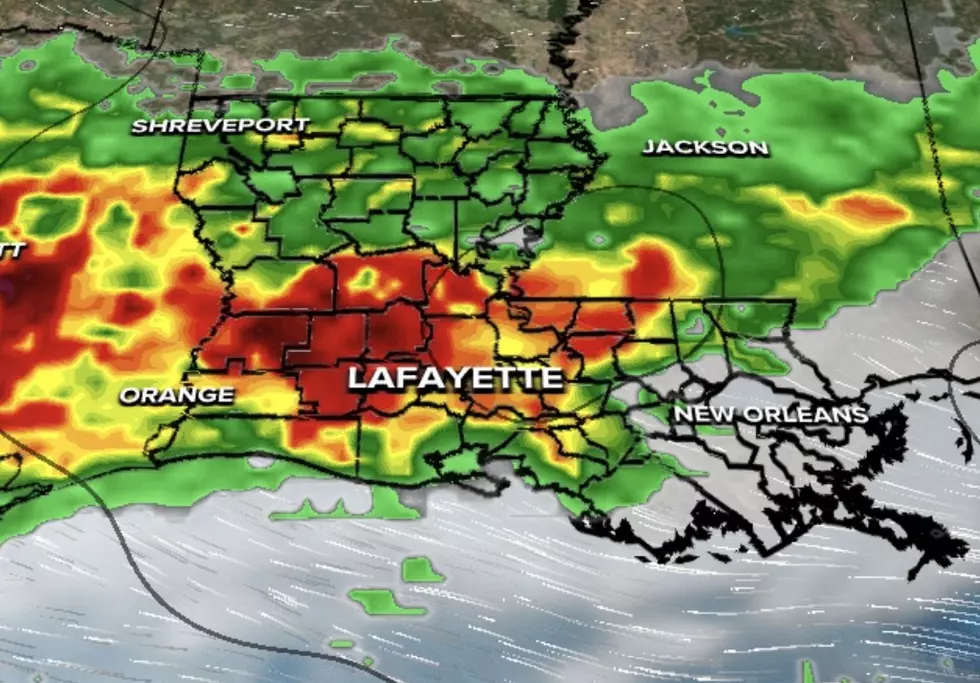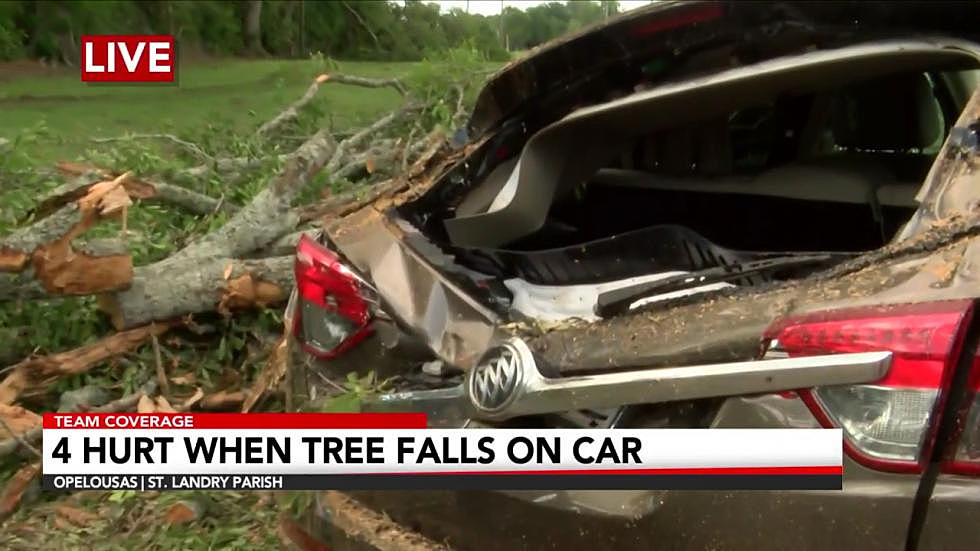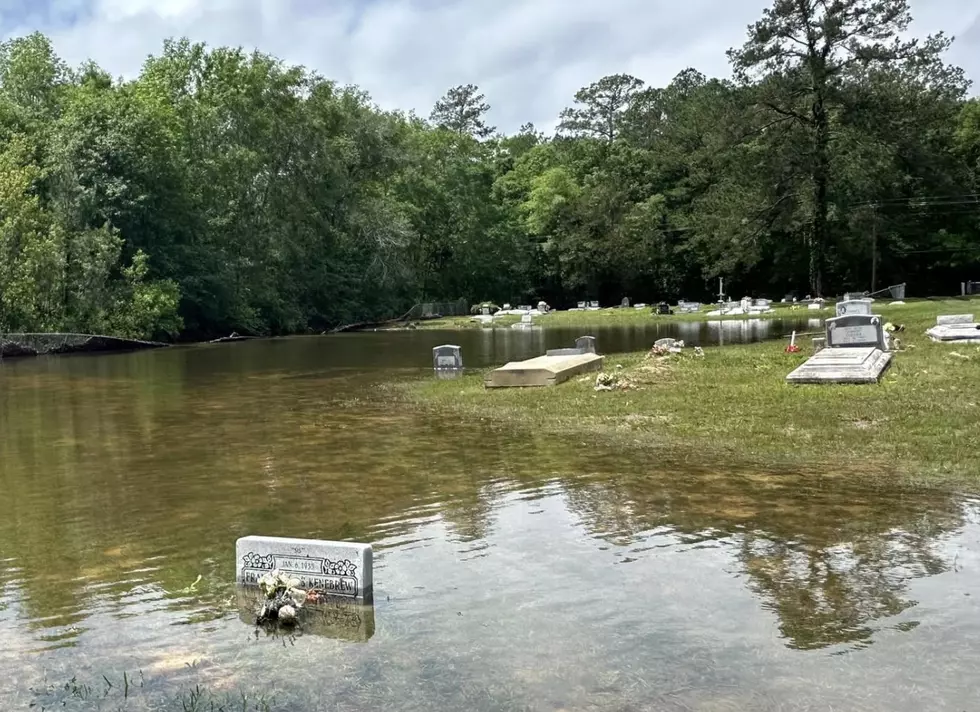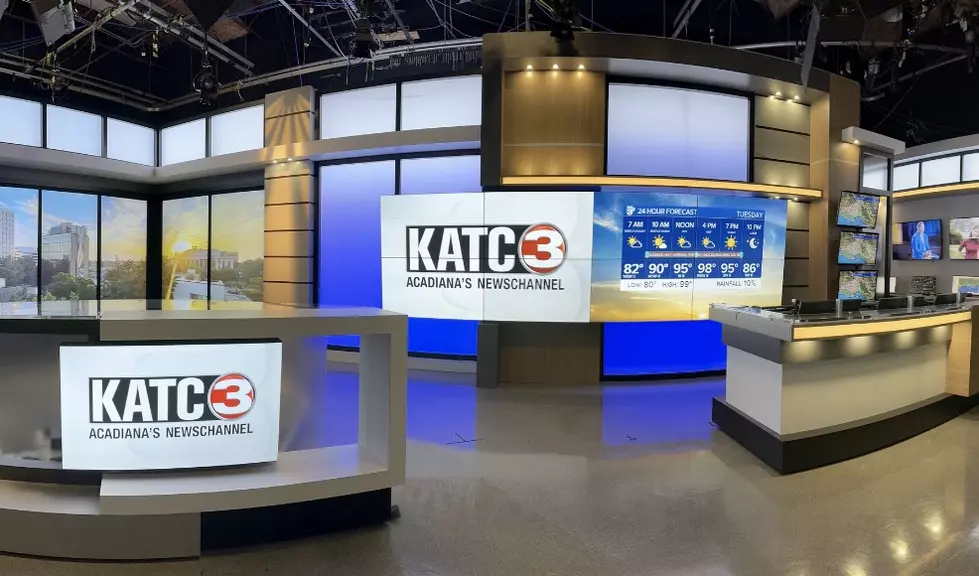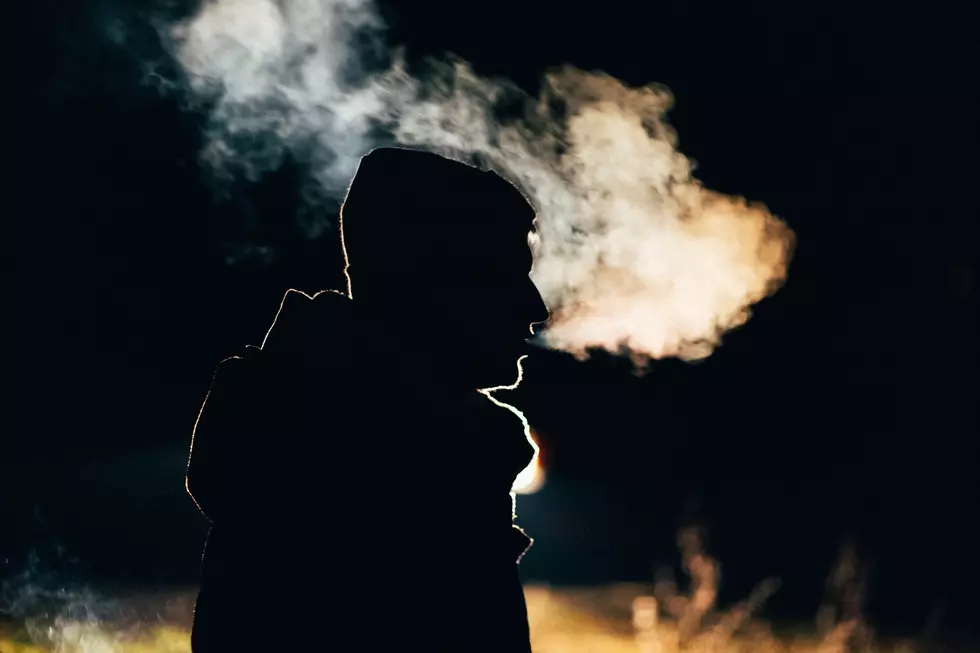
Lafayette Government Is Opening a Warming Shelter for Those in Need
With an artic blast set to make an appearance in the Acadiana area this week, Lafayette Consolidated Government will be opening a warming shelter.
Chief Administrative Officer Rachel Godeaux released information today about the warming shelter, and added additional information about how to stay safe during the next several days.
If you are in need of shelter during the cold weather, officials are asking that you go to St. Joseph's Diner at 613 West Simcoe Street tomorrow, Monday, January 15th at noon.
Godeaux says anyone needing the shelter will then be taken to the Dupuis Recreation Center at Brown Park which has been prepared as a shelter. Transportation will start at noon and end at 6 p.m. tomorrow.
If you do not need transportation, you can just go to the Dupuis Center at 1234 East Pont Des mouton Road. The shelter will open at 12 p.m.
The warming center will stay open through Wednesday morning when temperatures will get above freezing.
In addition to the warming shelter, officials with Lafayette Consolidated Government have information on what they are asking people to do and not to do during this cold snap.
Do Not Drip or Run Water from Your Faucets
Officials with Lafayette Consolidated Government are asking people not to run or drip water from their faucets. They do suggest that you open cabinet doors in your kitchen and bathrooms to help circulate the warm air in the home.
Make Sure to Wrap All Exposed Pipes
Officials recommend that you wrap the pipes that are exposed outside and any pipes that are out in the cold if you have a raised home. This includes any pipes that might be in your attic.
Cutting Off the Water If You're Not Home
If you are going to be out of town, officials suggest that you cut off the water at the hand cut-off valve and drain your pipes.
Water Hoses
You need to disconnect and make sure you drain any hoses that you have on the outside of your home. Make sure that you wrap your outside faucets.
Don't Let the Temperature Drop Too Low
Officials with LCG recommend that you not let the temperature of your home drop lower than 55 degrees to help maintain pipes in your home.
What Do I Do If a Pipe Bursts?
In the event that a pipe does burst in your home or if you have any kind of water issues with your home or business you should call LUS at 337-291-5740.
What Do I Do If My Electricity Goes Out?
If you experience a power outage, you are asked to call LUS at 337-291-9200.
Roadway Incident?
If you have any type of emergency while you are driving you would dial 911 as you usually would.
LOOK: The most expensive weather and climate disasters in recent decades
Gallery Credit: KATELYN LEBOFF
More From 99.9 KTDY
